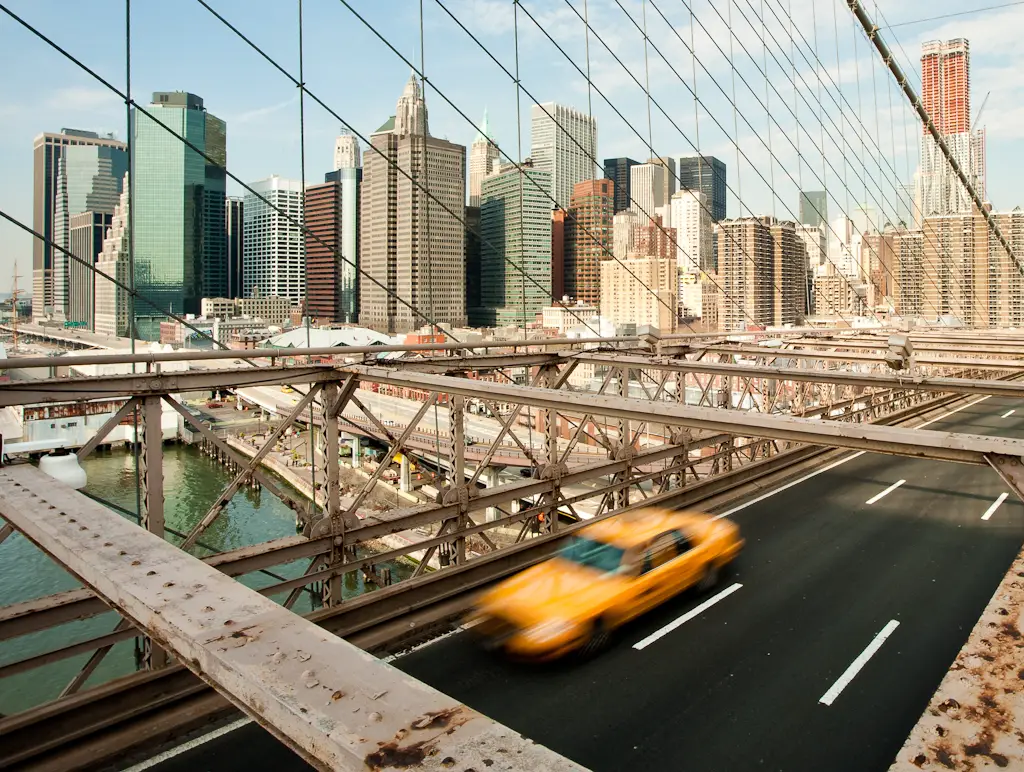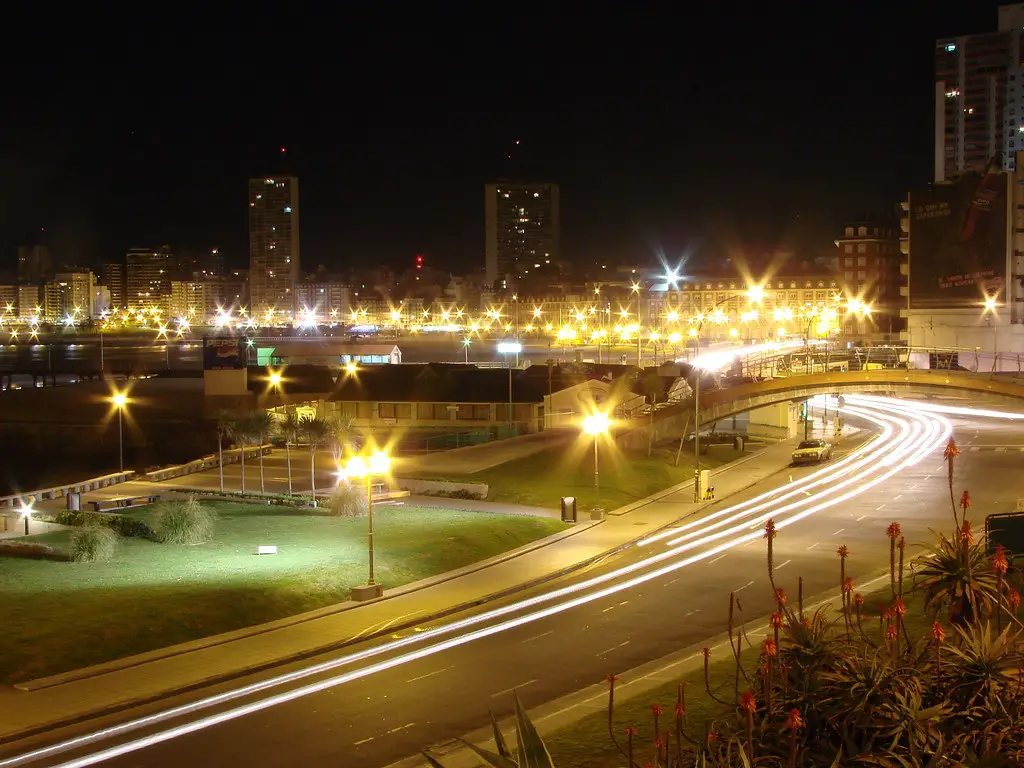Cities develop at a rapid pace, creating an almost endless cycle of new architectural introductions. For some architects, it is considered vital that a building reflects the current culture of a city, but for others, architectural progression is a higher concern. And when the latter is applied in the built environment, controversy is rarely far behind. Check out these five examples of urban architecture that weren’t greeted with open arms.
Antilia, Mumbai

This 27 story building, with space for 168 cars and 600 full time staff employed to maintain it houses only one family. Located in south Mumbai near the city’s slums, the vast expense involved in the construction has been cited as a ‘stupendous show of wealth’. Nevertheless, the building is apparently now worth in excess of $1 billion.
Louvre Pyramid, Paris

Initially receiving considerable criticism for looking out of place against Paris’ surrounding traditional architecture (a frequently cited concern in Paris), it is this very juxtaposition that has become the building’s triumph. Despite many locals still objecting to the building, it has eventually become an iconic addition to the French capital.
The Strata, London

Heralded as being ‘environmentally innovative’ partly as a result of the three wind turbines on its roof, London’s The Strata has won awards… for being the worst new building in Britain. As the only high-rise building in the area, the development feels out of place and in fact only generates 8% of its energy needs.
Palacio De Congresos, Oviedo


Drawing comparisons to ‘a dying bird’ by some locals, the white concrete construction of the Spanish city of Oviedo’s newest shopping centre cum office block is radically different from most surrounding buildings. Constructed during the worst of the global economic recession, the dramatic design has appeared at a time when Spanish property prices have dropped by around 25%.
Yale Art and Architecture Building, New Haven

Completed in 1963, this building has only recently been finished as originally intended (thanks @pipsan for the heads up!). The concrete-heavy, box-like design was never going to attract universal acclaim, instead bringing affection and criticism in equal measure. After supposedly accidental fire damage in 1969, general disrepair, and an understandably upset architect, acclaim and affection has finally won out with the Yale Art and Architecture building being restored as per its initial design.


